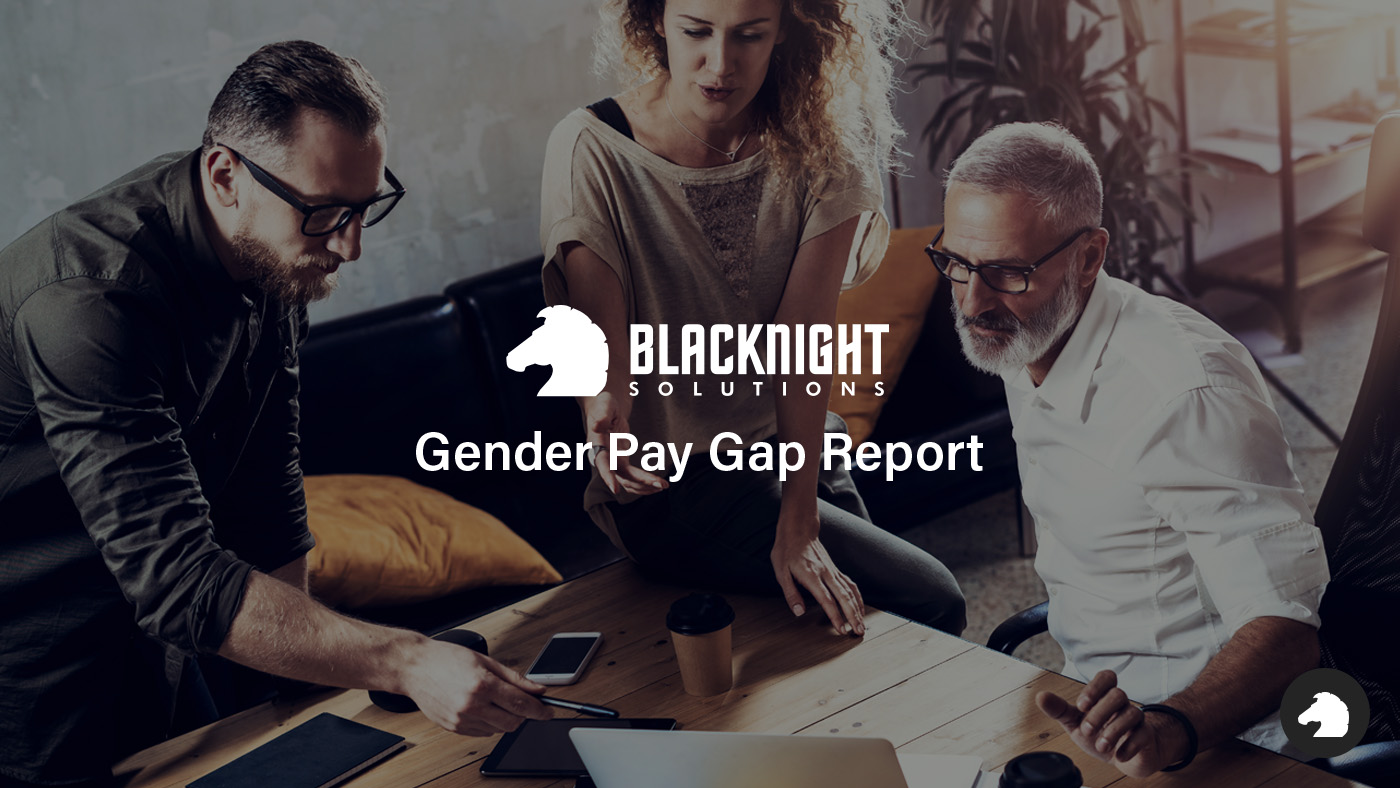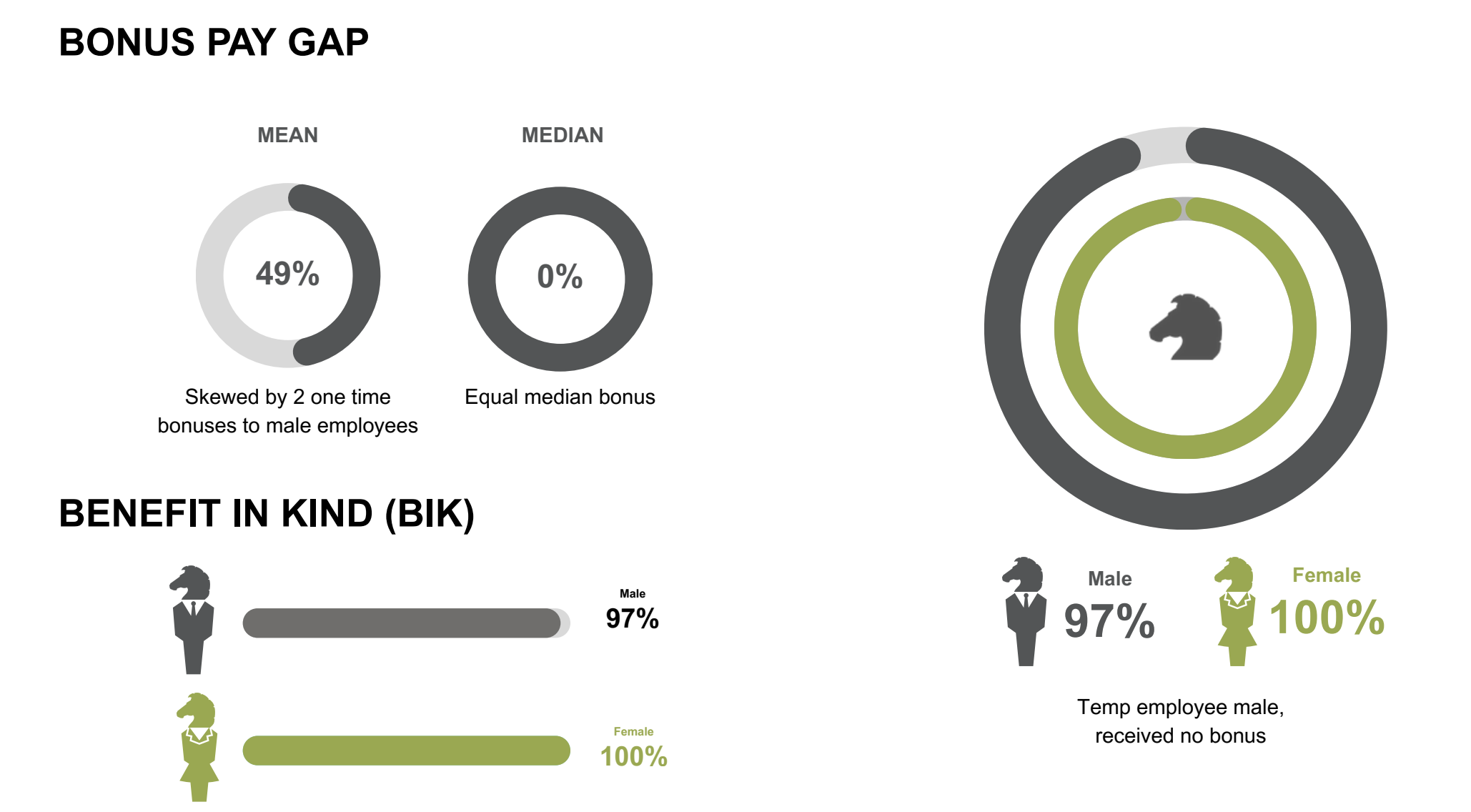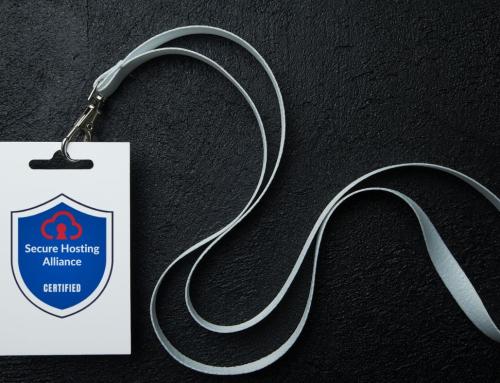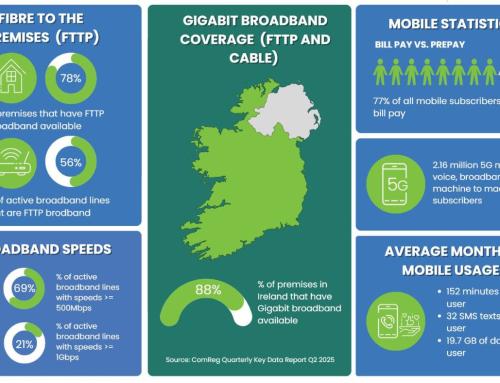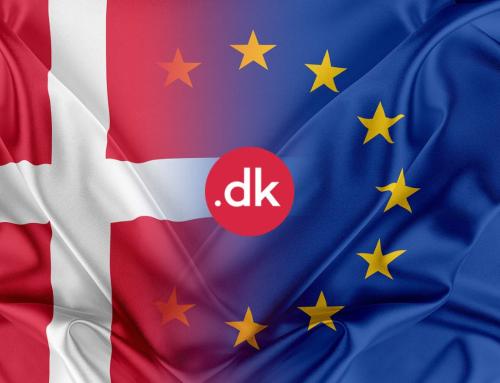We believe in fairness, equality and transparency for everyone. As part of that commitment, we’ve published our 2025 Gender Pay Gap Report, in line with Irish legislation.
This report looks at how pay is spread across our teams, based on data from 20 June 2025. It helps us understand the bigger picture of gender representation, pay, bonuses and benefits within the company.
What is the Gender Pay Gap?
The gender pay gap shows the average difference in pay between men and women across an organisation.
It’s not the same as equal pay, which means men and women are paid the same for doing the same job, something that is already a legal requirement and a core value at Blacknight.
A gender pay gap can happen for many reasons, such as differences in the types of jobs people do, the number of men or women in senior positions, or how many people work part-time.
Our Results
Our figures show that differences in pay are mainly due to the make-up of our workforce, rather than any unfairness in how people are paid.
Here’s a quick overview:
- Engineering, Web Development and Support roles have more men, while Accounts and Marketing have more women.
- Sales is quite balanced between men and women.
- 44% of women at Blacknight work part-time, mostly through our flexible parental leave scheme, which influences the results.
When it comes to pay:
- The overall hourly pay gap is affected by the different types of roles across teams.
- All part-time staff are female, which shows as a −100% gap in that category, while all temporary staff are male, showing +100%. These gaps reflect how teams are made up, not differences in pay for the same work.
- The median (middle) bonus gap is 0%, meaning typical bonus amounts are the same for men and women.
- A few once-off bonuses paid to male employees affected the average (mean) figures, but not the median.
- Almost everyone, regardless of gender, received a bonus or benefit in kind (BIK).
What It Tells Us
Our data shows that men are more likely to be in technical and higher-paid roles, such as engineering and management, while women are more often found in other departments or part-time positions.
These patterns reflect wider industry trends, but we know there’s always room to improve. We’re working to encourage more gender balance across all areas.
Our Ongoing Commitment
We’re proud of our inclusive and supportive culture. We offer flexible working, equal opportunities for growth, and family-friendly policies that help our people thrive, no matter their gender.
We’ll continue to encourage more women into technical and leadership roles, support flexible work and review our policies regularly to make sure we stay fair, transparent and inclusive.
